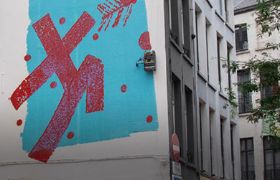Proximus Art Collection to sell 71 selected works
Revenue to be reinvested into new artistic positions to keep the relevance of the collection on edge
Proximus and Christie’s are delighted to share additional information on the upcoming online sale, open for bidding from 19 September to 3 October. A selection of 71 works will be offered to benefit future acquisitions.
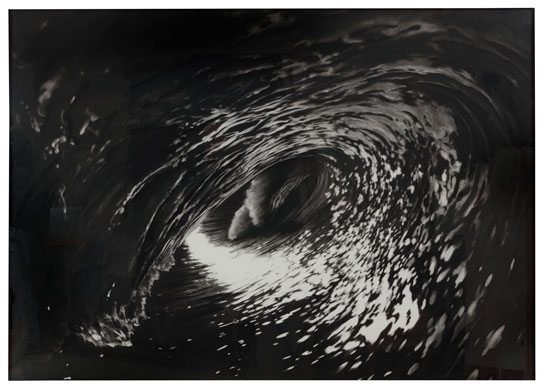_2002_courtesy-of-Christies.2024-09-09-18-19-39.jpg)
The selection for sale is highlighted by Robert Longo's Untitled (Black Tube), a vast charcoal drawing executed in 2002, depicting a crashing wave, frozen in motion in the black-and white of this painstakingly-rendered image. Longo's wave paintings were either based on the artist's own photographs, others culled from surf magazines, with later examples created as hybrids, taking elements from each. Untitled (Black Tube) presents the viewer with an overwhelming sense of the force of nature. The entire composition is filled with the crashing of this huge wave, which fills the picture with a sense of danger ‑ estimate €250,000-350,000 | US$280,000-380,000.
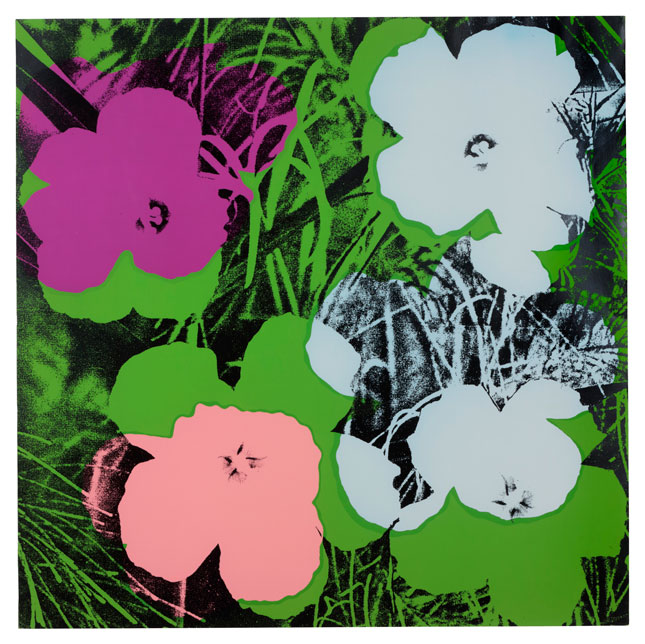
Andy Warhol's Flowers is one of the most iconic he ever produced. With his series of flower paintings Warhol skillfully marries the old and the new; updating the venerable tradition of the floral still life by infusing it with vibrant Pop colours in his silkscreen technique as of 1964. But Flowers also has a darker, more melancholic quality to it. The brief nature of a flower's life appealed to Warhol's fascination with death and represented for him a very personal affinity with the temporary nature of life. The auction offers 4 Flowers silkscreens, all executed in 1970. This illustrated work is number one 197/200 and 56 artist's proofs ‑ estimate €40,000-60,000 | US$43,000-64,000.
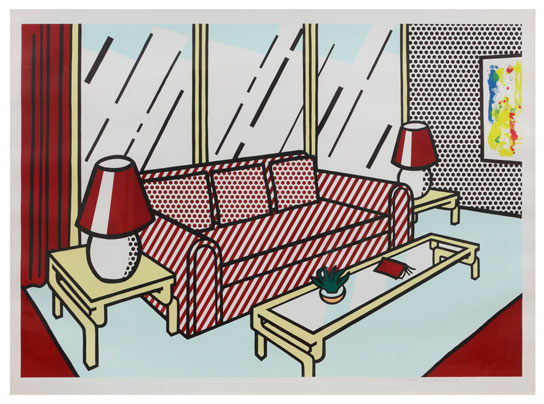
Red Lamps created by Roy Lichtenstein in 1990 depicts a living room space through the artist's signature cartooned style of bold lines and colours. The main viewers focus are the patterns and lines that make up the individual forms in the space. Tensions between depth and flatness make works by Lichtenstein such dynamic visualizations despite the commonplace subject matter. The composition of Roy Lichtenstein's Red Lamps, 1990 was inspired by an advertisement photograph that Lichtenstein enlarged, traced, and reworked into the final image seen here. No. 37/60 plus 14 APs ‑ estimate €70,000-100,000 | US$76,000-110,000.
Sol LeWitt came to fame in the late 1960s with his wall drawings and "structures" (a term he preferred to "sculptures"). He called these non-geometric forms Splotches—a playful word he coined that reflects their bright colours and exaggerated forms. The sale offers a medium-size Splotches of 152 x 114 x 75.5cm which was executed in 2005, the year it entered the Proximus collection ‑ estimate €40,000-60,000 | US$44,000-65,000.
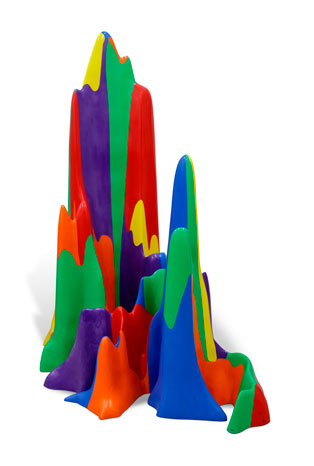
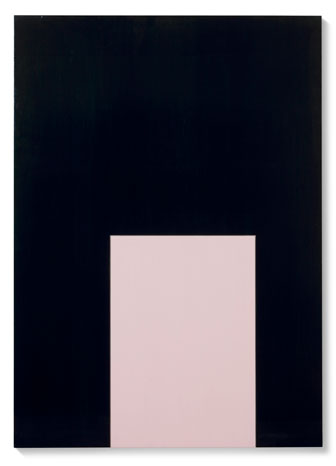
Imi Knoebel's minimalist hybrids of painting and sculpture explore relationships between colour and structure. The artist is interested in seriality, spare geometries, reductive colour, and the use of industrial materials such as Masonite – all to be found in Pure Freude, dated from 2001 ‑ estimate €40,000-60,000 | US$44,000-65,000.
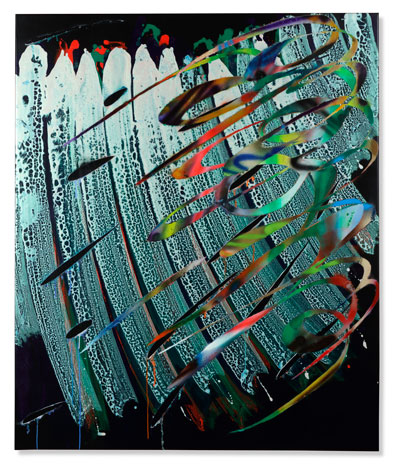
Another interesting German artistic position is delivered by Katharina Grosse. Rather than using a traditional brush, Grosse employs an industrial spray gun, enabling her to create broad gestures and unique textures that define her abstract style. Untitled painted on canvas in 2011 and framed divers from Grosse's large installation work. €80,000-120,000.
Thomas Ruff's Substrate (Substratum) series takes its point of departure in Japanese anime and manga comics, which the artist accessed online, downloaded, and altered using digital image technology. The resulting works can be seen as part of a long history of cameraless photography. Substrat 20III is number three from an edition of five plus two artist's proofs, made in 2003 ‑ estimate €30,000-50,000.
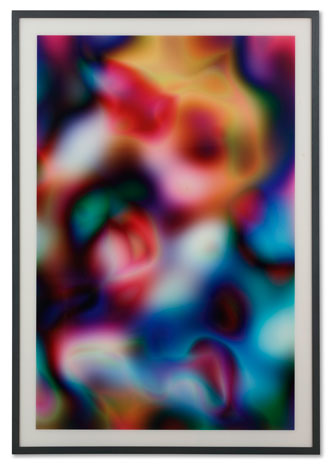
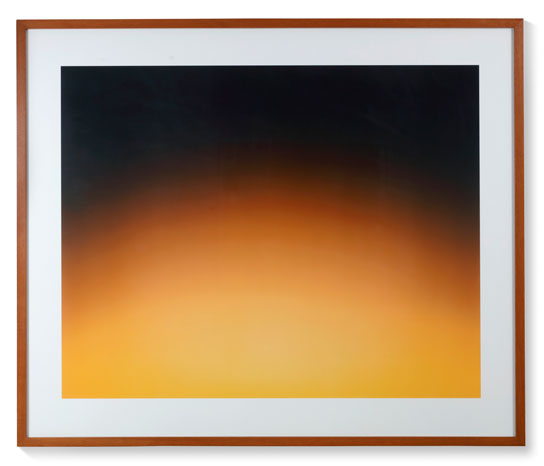
Probably the most renowned photographer of his generation Andreas Gursky manipulates reality in the present work Untitled II from 1993 (3/5) he finds a clear balance between the visual recognizable theme of a sunset and its complete abstraction ‑ estimate €25,000-35,000.
The Dutch Jan Schoonhoven is best known for his relief sculptures made from corrugated cardboard, papier-mâché, toilet rolls, and plywood. His works were mostly monochromatic and purposefully non-expressive and emphasizing on material qualities, like in T80-52, from 1980 ‑ estimate €2,500-3,000.
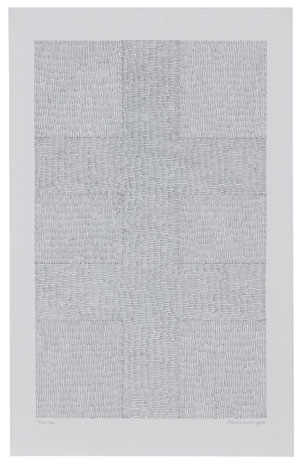
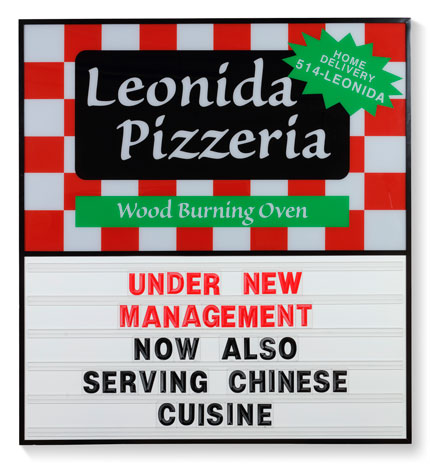
In his works Ken Lum uses the visual language of public signage, billboards, and the mass media, as seen in Leonida Pizzeria from 2003. The artist aims to demystify the tensions and contradictions of living in an increasingly globalising world ‑ estimate €5,000-7,000.
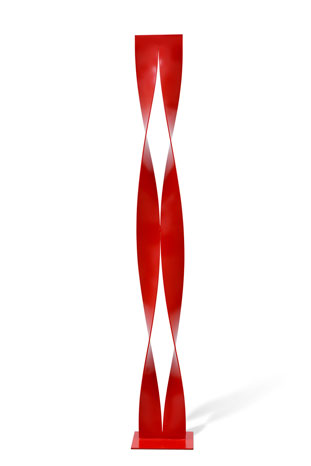
In 1959 Walter Leblanc introduces the 'torsion' into his work. This pictorial element, made from cotton threads, plastic or metal allows him to bring rhythm, light, motion and repetition into his reliefs and sculptures. Torsions WL 837 dated '1977/1978' ‑ estimate €10,000-15,000.
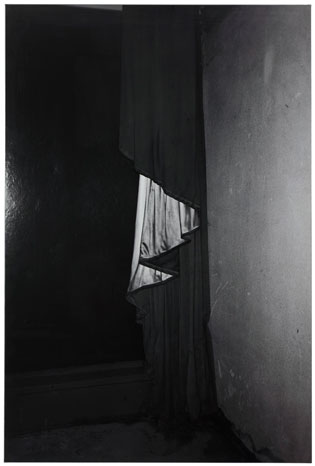
Dirk Braeckman has been experimenting with and pushing the boundaries of the medium of photography for over forty years. G.C.-G.E.-97 dating from 1997 is an example of the artist's enigmatic and atmospheric black and white images that feature blurred and obscured subjects ‑ estimate €3,000-5,000.
Public preview exhibitions in Brussels
During the Brussels Art Weekend taking place from 13-15 September a selection of works will be on view at Christie's Brussels on Avenue Louise 418, 1050 Brussels, each day from 11.00am to 5.00pm.
Between 20 to 28 September the entire auction offering can be viewed at the Proximus Art Warehouse in Brussels, by appointment only. Reservations for a guided tour can be made by sending an email to Marie Van Ackere at mvackere@christies.com.
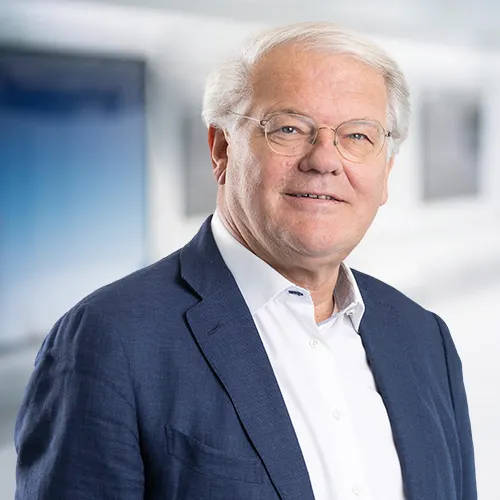
As one of Belgium's largest corporate art collections, the Proximus Art Collection is an important source of inspiration for our employees since the mid-1990s. In a world that is continuously evolving, we want to keep reinventing ourselves and further enhance the collection with refreshing additions. Therefore we have decided to sell a selection of works, with limited impact on the overall quality of the collection and with the intention to finance new acquisitions.
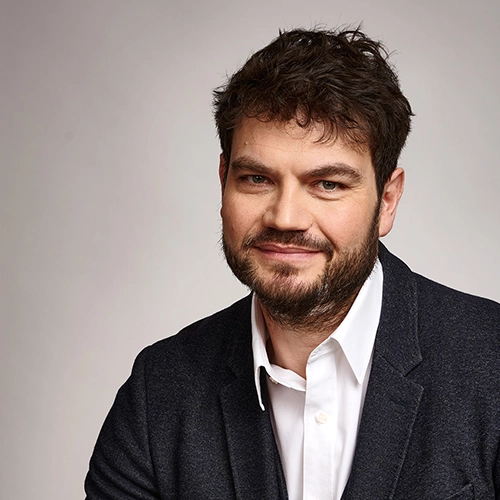
Working for nearly a year with Belgium's Nr 1 corporate collection was a real pleasure and being able to discover the wide variety of works of art from which we were allowed to pull together this small but very fine selection for sale with estimates ranging from €1,000 to €250,000. Proximus and Christie's are delighted to offer a larger selection of works without reserve prices, giving younger and new collectors the pleasure to participate and acquire works in the auction which takes place online from 19 September to 3 October.

